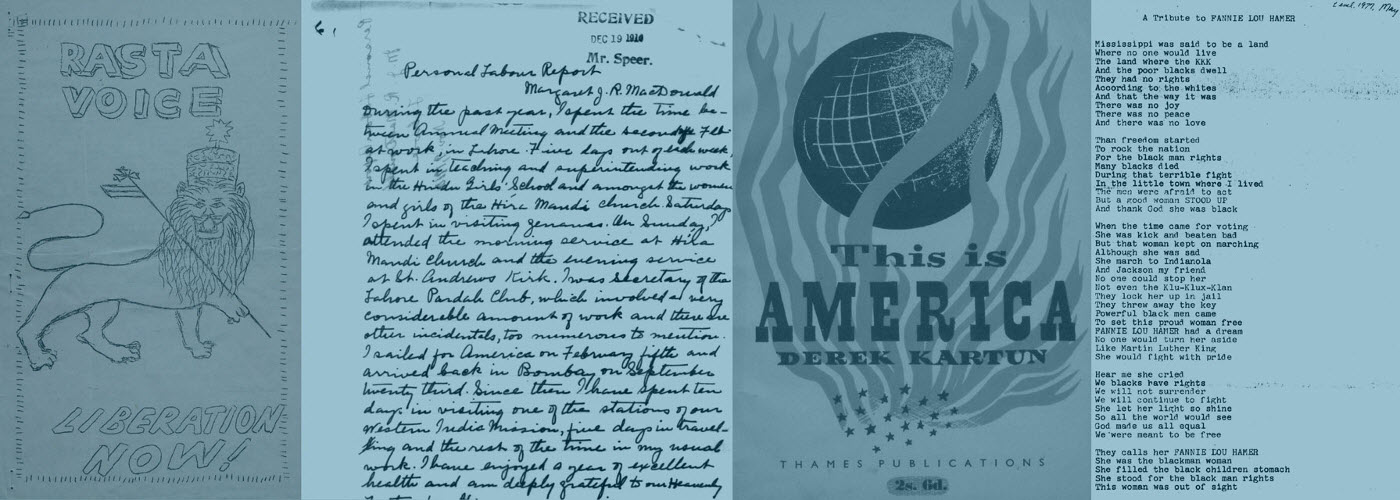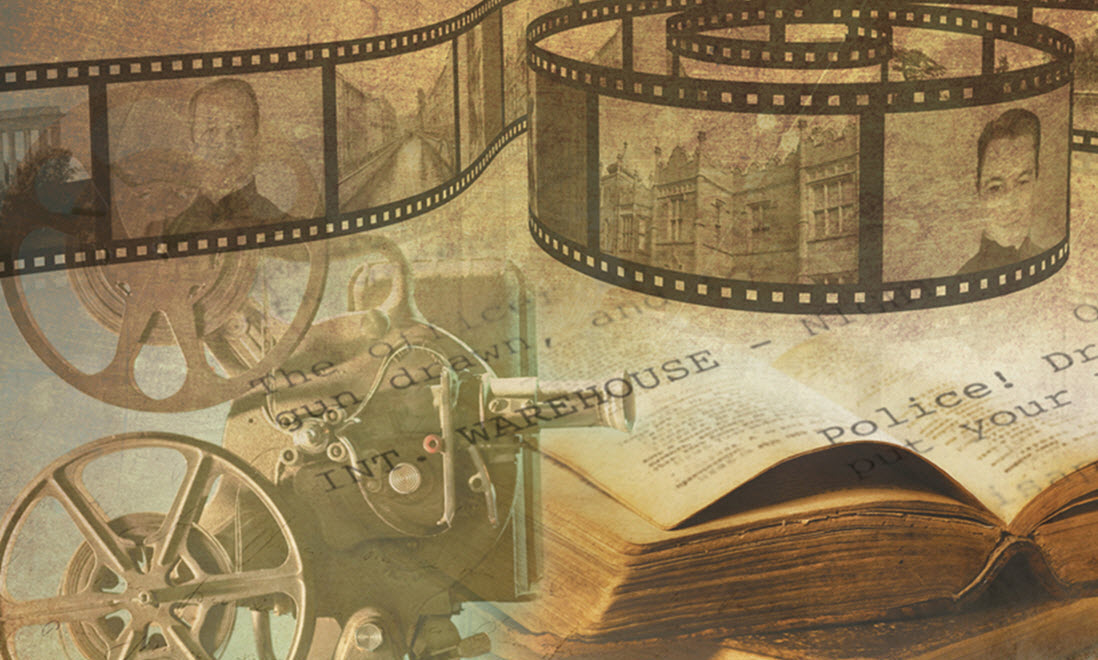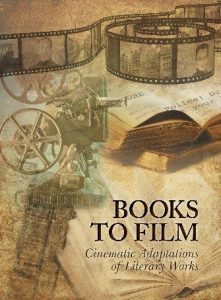That’s Stenhouse Publishers, of course.
Stenhouse recognizes and embraces the complexity of teaching and learning. And is devoted to helping teachers inspire deep and creative thinking in their students.
Stenhouse is guided by three core beliefs;
- All students can learn to think independently and critically.
- Effective teaching is achievable at any level of experience and in any classroom environment.
- Teachers make the best instructional decisions for the students in their care when they are equipped with knowledge, supported by colleagues, and respected as professionals.
These beliefs align so closely to Gale and our mission to empower educators. Explore 16 must-have titles, in one comprehensive collection, available on Gale eBooks on GVRL.
Read moreThere’s a New Professional Development Partner in the House











